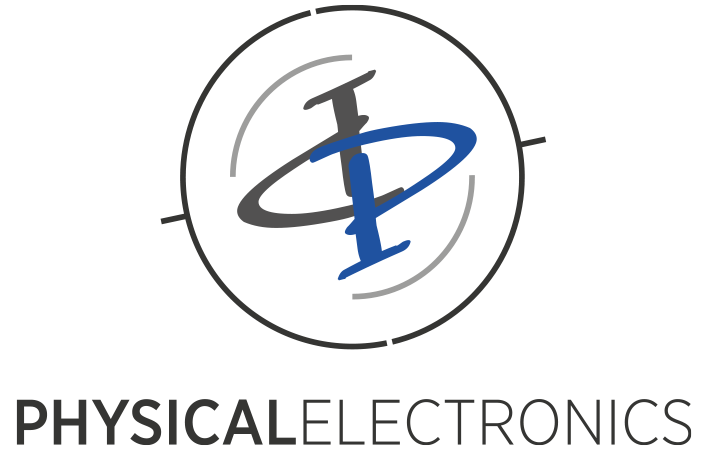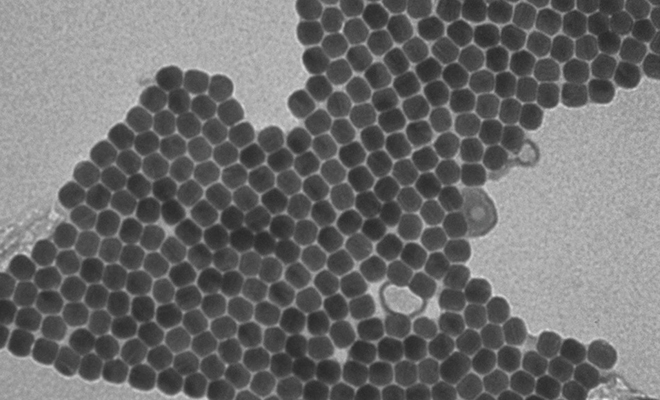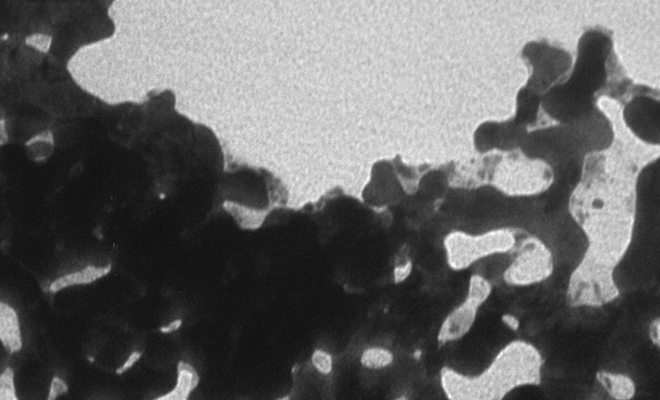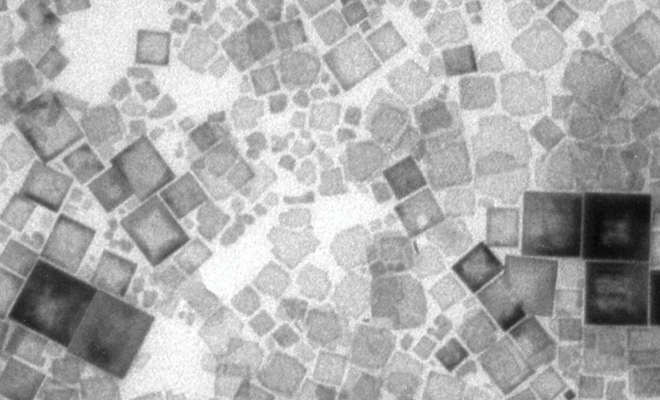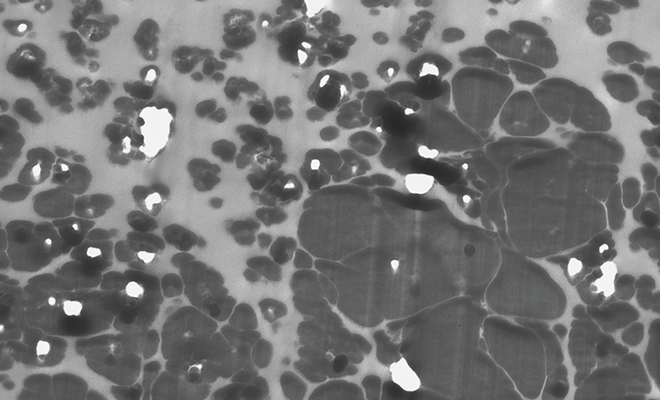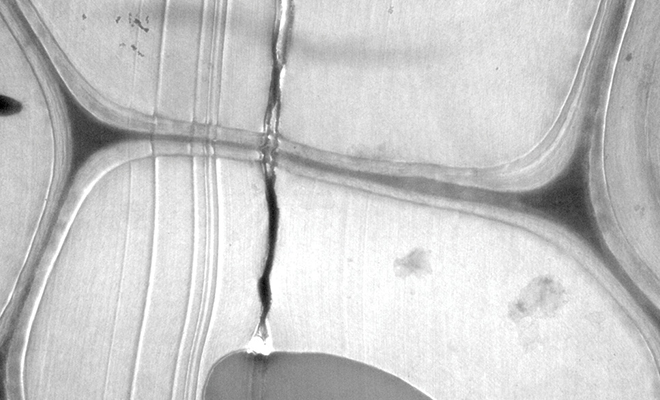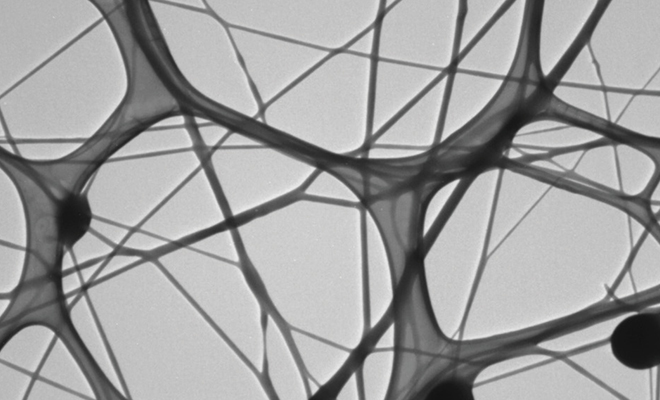Low-voltage electron microscopes from Delong
Innovation for nanoparticle analysis and more
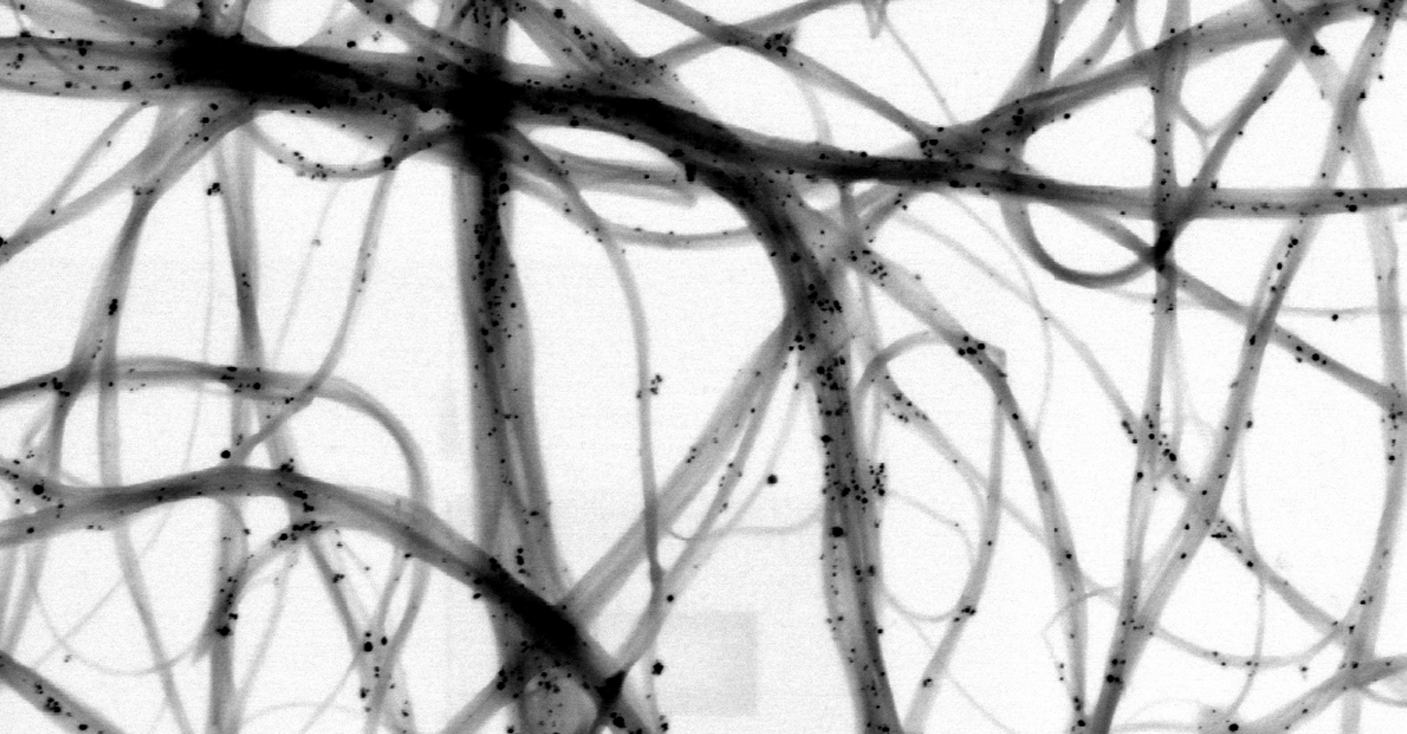
Delong’s low-voltage electron microscopes (LVEM) open up new possibilities in nanoparticle analysis and other scientific fields. Learn how these compact and versatile instruments are revolutionising research and industry.
What makes the LVEM devices from Delong so special?
Delong’s LVEM devices are compact and easy to use, particularly suitable for laboratories with limited space and resources. They combine different imaging modes – Transmission Electron Microscopy (TEM), Scanning Electron Microscopy (SEM) and Scanning Transmission Electron Microscopy (STEM) – in a single system.
The design enables high image quality without the need for special cooling or anti-vibration devices, making the application uncomplicated and efficient.
Who benefits from LVEM technology?
Nanoparticle analysis made easy
Delong’s LVEM devices offer high contrast, especially for light elements such as carbon. This is particularly advantageous for analysing nanoparticles made of organic materials or polymers. In addition, the improved image quality reduces the need for sample staining, which simplifies sample preparation and minimises artefacts. These advantages make LVEM devices the optimal choice for research in nanotechnology.
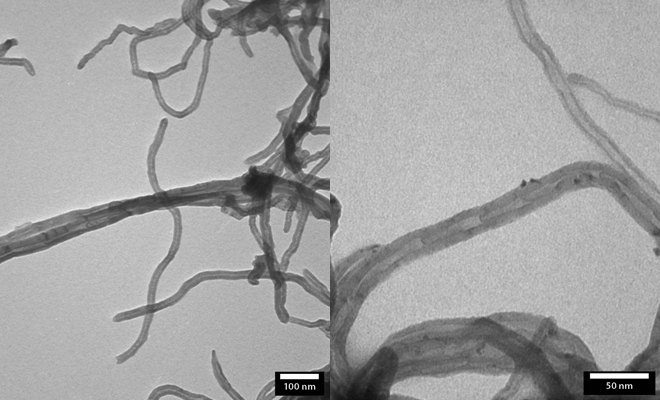
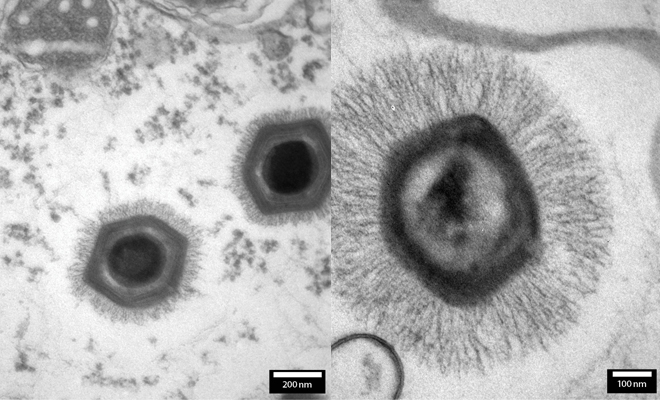
New perspectives in cell biology and virology
In cell biology, LVEM enables the high-resolution visualisation of cell structures and organelles, which deepens the understanding of cellular processes. In virology, the high contrast provides valuable insights into the morphology and structure of viruses and supports the identification of new viruses – a decisive advantage for research.
LVEM in polymer research and materials science
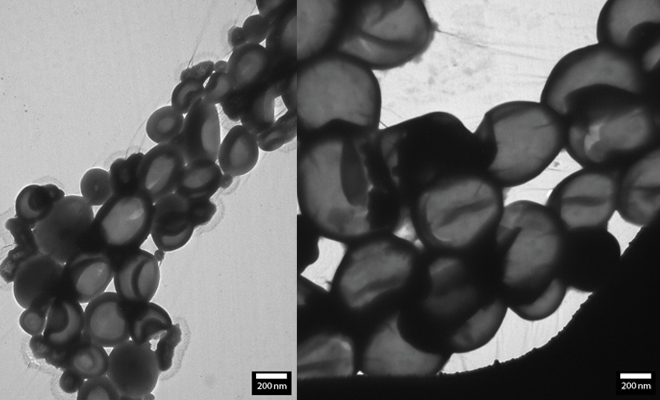
LVEM also offers decisive advantages in polymer research. It simplifies the analysis of polymer structures without the need for heavy metal staining. In materials science, LVEM also enables the detailed characterisation of nanomaterials and thin films, which is useful in the development of innovative materials.
